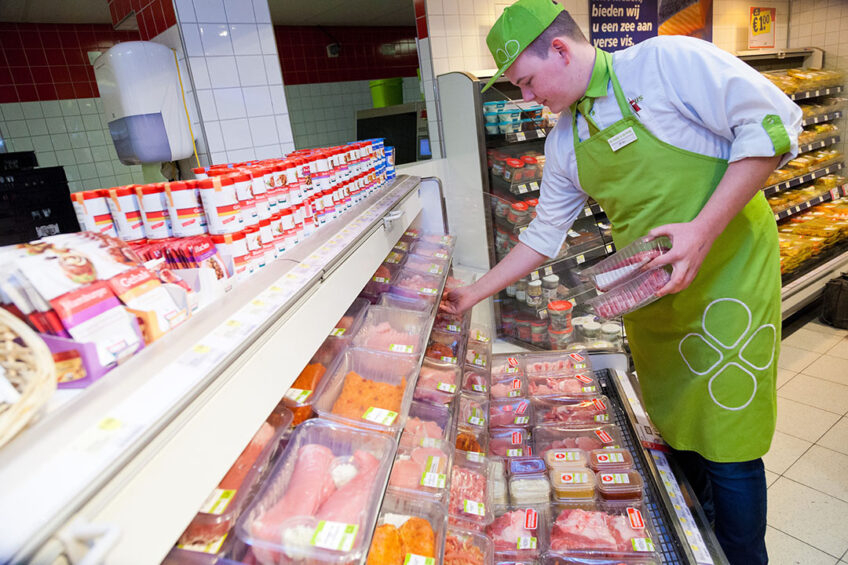November 28, 2025 | 01:03 GMT +7
November 28, 2025 | 01:03 GMT +7
Hotline: 0913.378.918
November 28, 2025 | 01:03 GMT +7
Hotline: 0913.378.918

Global pork consumption is expected to grow at a projected 0.7% compound annual growth rate from 2022 to 2030. Photo: Joris Telders
According to Rabobank’s report, the advantage will likely be in the hands of low-cost producers, such as Brazil and the US. Europe’s position, meanwhile, is expected to weaken, primarily due to an increase in market and regulatory requirements concerning animal welfare and sustainability.
Eva Gocsik, senior analyst (animal protein) at Rabobank, noted that global pork consumption is expected to grow at a projected 0.7% compound annual growth rate from 2022 to 2030. Next year, in 2024, this is anticipated as a result of easing inflationary pressures and further recovery from African Swine Fever in Southeast Asia and Asia. In the longer term, population growth and economic development will further drive consumption growth, which will offset the ongoing decline in consumption in Europe.
Foreign exchange rates as well as shipping, labour and pig production costs are major factors affecting the competitiveness of global pork exporters. Gocsik notes that Brazil is emerging as a remarkable player, and in 2022 captured 24% of Chinese pork imports, cementing its position as China’s second-largest supplier. Brazil continues to maintain its production cost advantage over European exporters.
The US and Canada continue to hold their status as low-cost pork exporters thanks to affordable feed and ongoing access to key markets. The value of US and Canadian pork may see an increase due to further consolidation and sustainability initiatives . Regardless, US and Canadian pork and variety meat exports will remain central to the global pork trade.
In the EU, increasing sustainability and animal welfare standards require investments from producers. And while European pork exports remain significant, they are anticipated to shrink as production costs are anticipated to rise further.
“African swine fever continues to impact importing countries in Asia directly and European exporters indirectly through trade restrictions, reshaping global trade patterns,” said Gocsik. Meanwhile, some regions are testing vaccines and gene editing, which could potentially offer a competitive advantage to some producers.
(PP)

(VAN) A new study reveals how the simultaneous effects of ocean acidification, salinity and loss of oxygen are making the world more fragile.

(VAN) Hopes are growing that the creation of the first 3D turkey gut model could be a turning point in the battle against the virulent blackhead disease.

(VAN) Tyson, America’s biggest meat supplier, plans to shutter one of its largest beef processing plants as the industry continues to struggle with low cattle supplies and political pressure from Washington.

(VAN) New FAO study shows how digital solutions are empowering farmers and fishers to prevent losses and build resilient agrifood systems.

(VAN) Brazil's COP30 presidency pushed through a compromise climate deal on Saturday that would boost finance for poor nations coping with global warming but that omitted any mention of the fossil fuels driving it.

(VAN) Poultry farmers in the UK have been warned that they could face one of the worst winters yet for bird flu.

(VAN) Prices of main-crop paddy have risen sharply, with jasmine rice hitting 16,100 baht per tonne — the highest level in years.